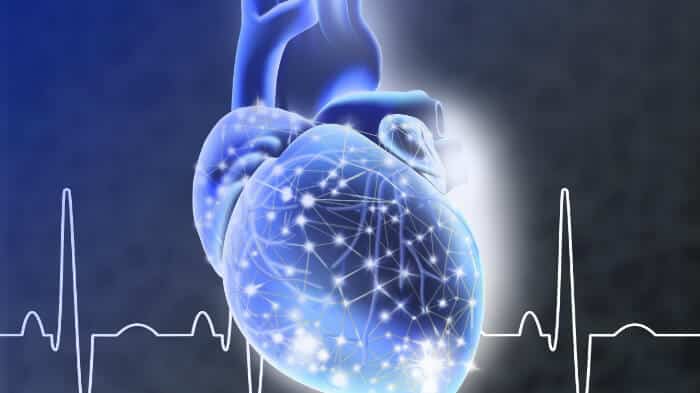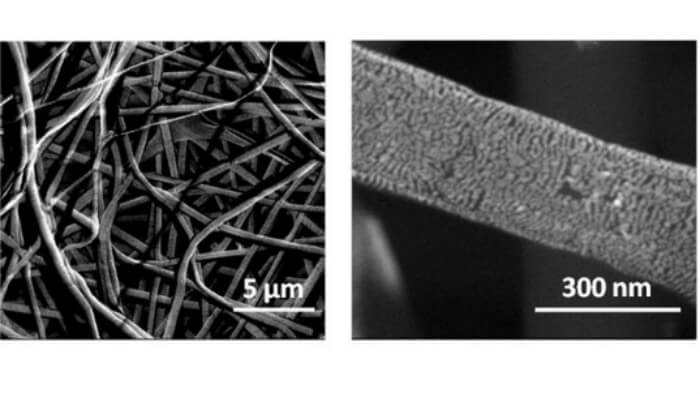Israeli scientists are developing a patch that helps restore the heart after a stroke

A heart attack occurs when the blood supply to the heart muscle cells is damaged. For those who recover from the attack, it may leave a large scar, due to the death of cells that did not receive oxygen. Such damage obviously affects the function of the heart, and not long after the attack it is already irreversible. A development by scientists from Tel Aviv University may change the picture, using a patch of heart cells and... gold. The original patch, intended for gluing to the damaged tissue, was developed a few years ago by Dr. Tal Dvir, who is currently the head of the tissue engineering laboratory in the Department of Biotechnology. The patch consists of a layer of heart muscle cells, grown on a substrate of biological material that does not trigger an immune response (eg gelatin). Applying the patch to a damaged heart after an attack should help restore it. However, the muscle cells in this patch had difficulty contracting at a coordinated rate like normal heart cells. Research student Michal Shabach, and Ben Maoz - a research student in the chemistry department (under the guidance of Prof. Gil Markovich) were involved in improving the patch. They developed a method to add a thin layer of gold to the substrate of the patch. The coating, with a thickness of several nanometers (millionths of a millimeter), caused the heart cells on the patch to grow better, to organize in layers more similar to natural heart muscle, and most importantly - to contract more strongly and in a uniform and coordinated manner.
Everything is gold
Researchers still don't know exactly what makes gold such a useful addition to the patchwork. "We estimate that the reason for the coordinated contraction is the electrical conduction of the gold, which helps the cells receive together the electrical signal that causes the heart muscle to contract," says Dvir. It is important to note that unlike other metals, gold is not toxic and as far as is known it does not affect the body in other ways. "The coating method is very simple, and it allows us to regulate the thickness of the gold layer, and thus control various parameters of cell growth, and produce several types of patches," explains Maoz. The research article was recently published in the Journal of Materials Chemistry B.

With all my heart
So far, the researchers have done the experiments with patches from rat heart cells, which were kept in a laboratory dish. Now they are preparing to test the implantation of the patch on the heart itself - first in rats and then in larger animals, before it will be possible to move to clinical trials in humans. In the final product, the researchers intend to use stem cells, which will develop in the laboratory into heart cells and be implanted on the patch. "Our goal is to help patients who have had a heart attack, and currently there is no other solution for them," says Dvir. "I don't know how long it will take to get a product, but we plan to finish trials in pigs within three years. Then we will depend on the approvals of the authorities in the USA or Europe for clinical trials. It takes time. The product will not be ready tomorrow." Towards the beginning of the experiments on animals, the researchers registered a patent for the promising invention, hoping that the golden phase will bring in quite a bit of money in due course.
Related links:
The research paper in the Journal of Materials Chemistry B

One response
Gold is definitely toxic when it is in ion form or in various compounds. The question is how it will react in the body over time. Let's hope for the best.